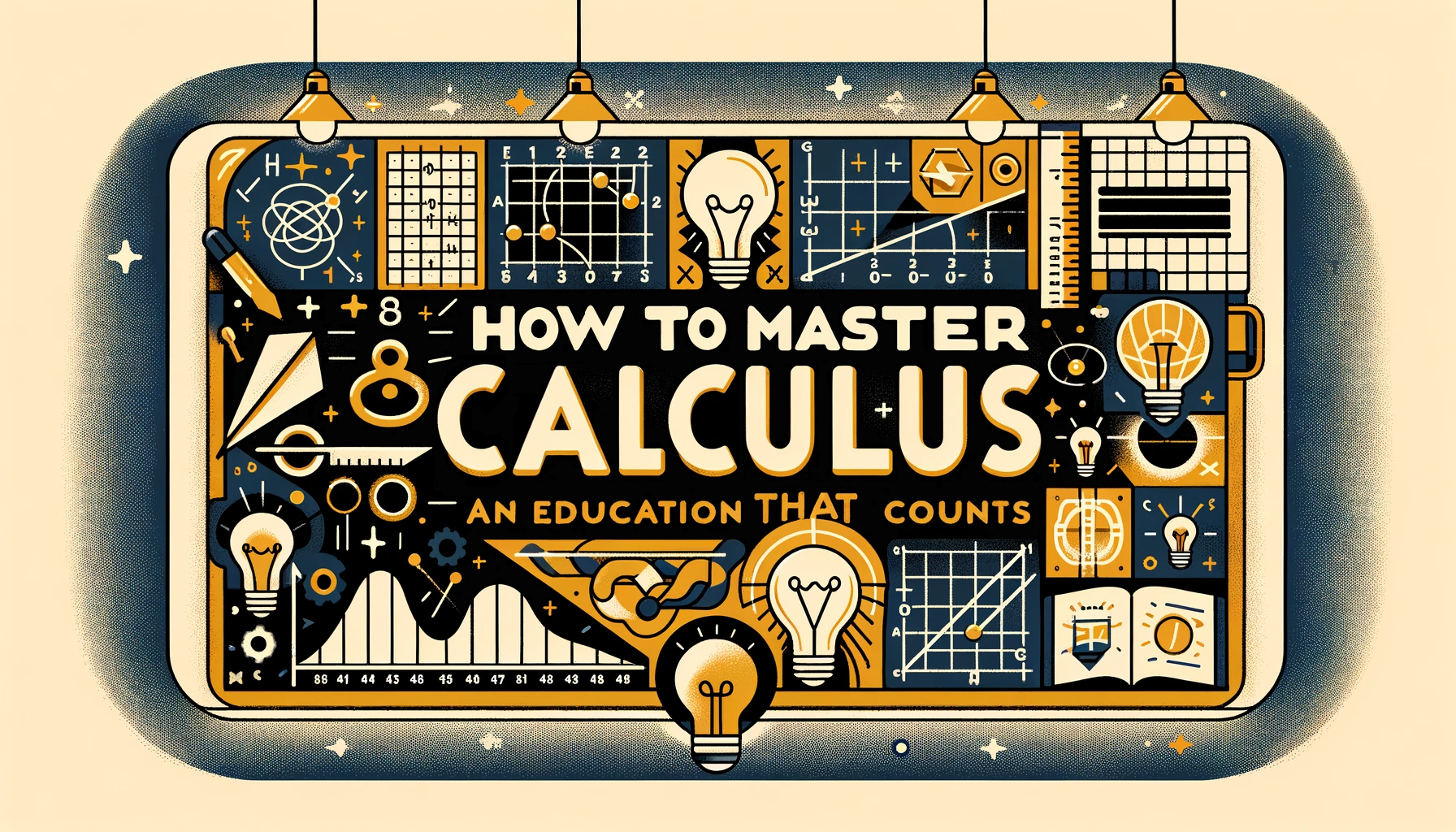Introduction: The Personal Touch in Calculus Instruction
In the realm of advanced education, calculus stands as a testament to the pinnacle of high school mathematics. Yet, for students like Emma, the journey through its complex theories and applications is deeply personal and hinges on instruction that aligns with her unique way of learning. Parents know their children better than anyone and can often sense when traditional classroom methods are not reaching them. As homework questions linger and test scores do not reflect Emma’s true effort or potential, it becomes clear that a more personalized approach to learning calculus may be necessary.
The Spectrum of Learning Styles
Educators often speak of a spectrum of learning styles, ranging from visual and auditory to kinesthetic. Each student’s brain navigates this spectrum differently, which means that the traditional lecture-based approach to teaching calculus may not suit everyone. For visual learners like Emma, understanding comes more naturally when she can see the problems worked out before her eyes. Auditory learners, on the other hand, may benefit more from listening to explanations and engaging in discussions.
Challenges of One-Size-Fits-All Education
The one-size-fits-all model of education, prevalent in many schools, can leave some students feeling lost in a sea of incomprehension, especially in a subject as demanding as calculus. When a teaching style does not resonate with a student’s learning preference, the result can be a lack of engagement and retention, leading to a frustrating experience for both students and parents. This misalignment can be particularly detrimental in calculus, where each new concept builds upon the previous ones.
The Importance of Adaptive Teaching
In calculus, the importance of adaptive teaching cannot be overstated. A student struggling to grasp concepts can benefit from an instructor who can present information in multiple ways until it ‘clicks.’ This flexibility in teaching style is often the key to unlocking a student’s understanding of calculus, transforming it from a source of anxiety to one of accomplishment.
Identifying Your Child’s Learning Style
Parents can assist by identifying their child’s learning style and advocating for their needs. This might involve discussions with teachers to incorporate diverse instructional methods or providing supplementary materials that cater to their child’s preferred way of learning. Recognizing and nurturing the unique ways in which a child learns is a crucial step toward academic success in calculus.
Incorporating Technology and Resources
In today’s digital age, technology offers a myriad of resources to cater to different learning styles. From online tutorials that visually map out problems to podcasts that explain calculus concepts, the tools at a student’s disposal are vast and varied. Parents can help by researching and providing access to these technological aids, which can complement and enhance traditional classroom instruction.
The Math Thought Program: A Custom Approach to Learning
The Math Thought Program takes these considerations to heart, offering a calculus tutoring approach that is as unique as each student. The program prides itself on assessing and adapting to individual learning styles, ensuring that students are not just taught but truly understood. With a team of experienced tutors, the program can provide personalized instruction that can make all the difference in a student’s calculus education.
Conclusion: Embracing Individuality in Learning
For parents in pursuit of calculus help for their child, recognizing and embracing their individual learning styles is essential. A personalized approach to education, such as that provided by the Math Thought Program, can empower students like Emma to navigate the complexities of calculus with confidence. By ensuring that instruction is tailored to their unique way of understanding, parents can foster a conducive learning environment where their child can thrive in calculus and beyond.





